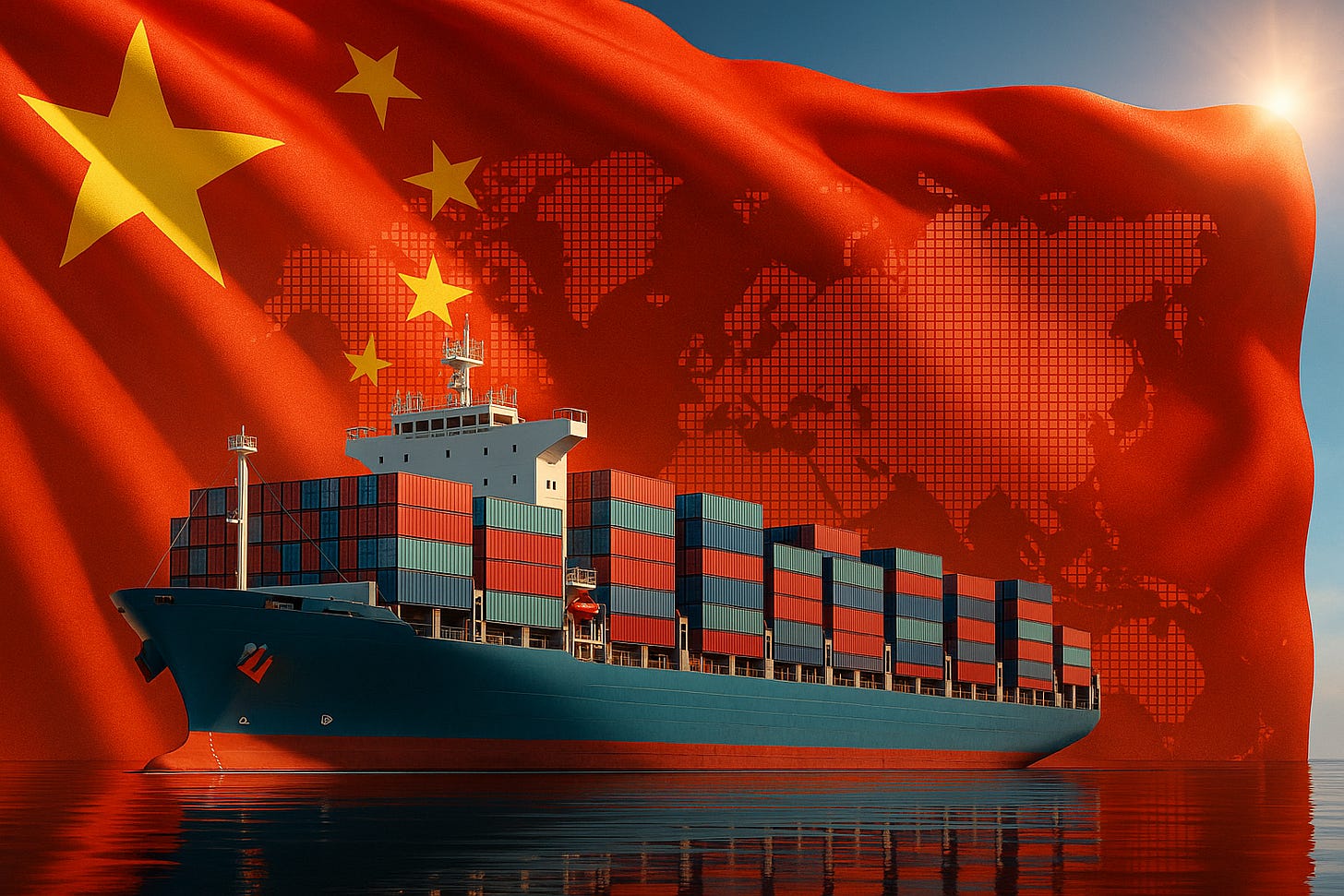🔥How China Built a Global Shipbuilding Empire?
⁉️10 Questions That Decode the Rise of a Global Maritime Empire!
🎖️Subscribe /✨Sponsorship /📊Exclusive Report /🙏Rate us /🎁Send Gift
🔥Greetings, Maritime Mavericks!
In 2000, China was a footnote in the shipbuilding world.
South Korea and Japan dominated. The U.S. still carried its legacy weight.
But while headlines obsessed over Silicon Valley and supply chains,
China quietly laid steel — and strategy.
First came the yards. Then came the scale.
By 2024, China wasn’t catching up — it was leading.
53% of the world’s ship output now sails from Chinese docks.
Not by accident.
By design.
At the center is a strategy few outside the maritime world understand:
Military-Civil Fusion (MCF) — where global commerce fuels industrial strength, and every ship order becomes a building block in a national plan.
So how did this transformation happen?
How much of the world’s ships does China build today?
Who are China’s largest shipbuilders?
What is Military-Civil Fusion (MCF)?
How many Chinese shipyards follow the MCF model?
How large are these MCF-linked yards?
Who buys from these dual-use shipyards?
What kind of military ships are built there?
How much commercial output do these yards also generate?
How does foreign tech play a role?
Can the U.S. catch up?
Let’s decode it — in 10 sharp questions.
🔍 10 Questions That Reveal the Full Picture
How much of the world’s ships does China build today?
As of 2024, China builds over 53% of global commercial ship tonnage — up from just 5% in 2000. That’s more than Japan and South Korea combined.Who are China’s largest shipbuilders?
China State Shipbuilding Corporation (CSSC) is the largest globally — producing more ships by tonnage in 2024 than the entire U.S. industry has built since 1945.What is Military-Civil Fusion (MCF)?
It’s a Chinese strategy where commercial and military production occur in the same facilities. Cargo ship revenue helps lower costs for strategic output.How many Chinese shipyards follow the MCF model?



